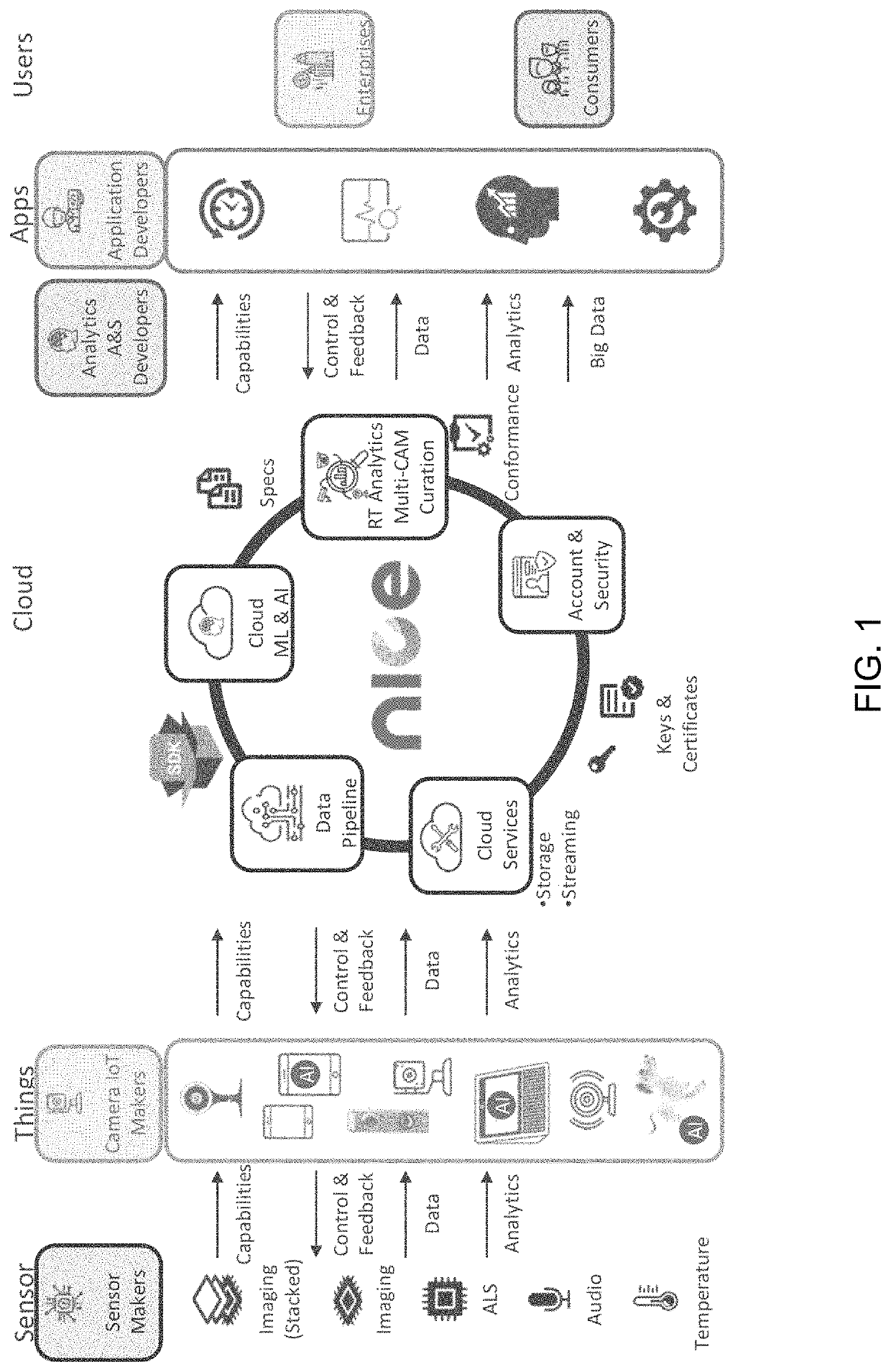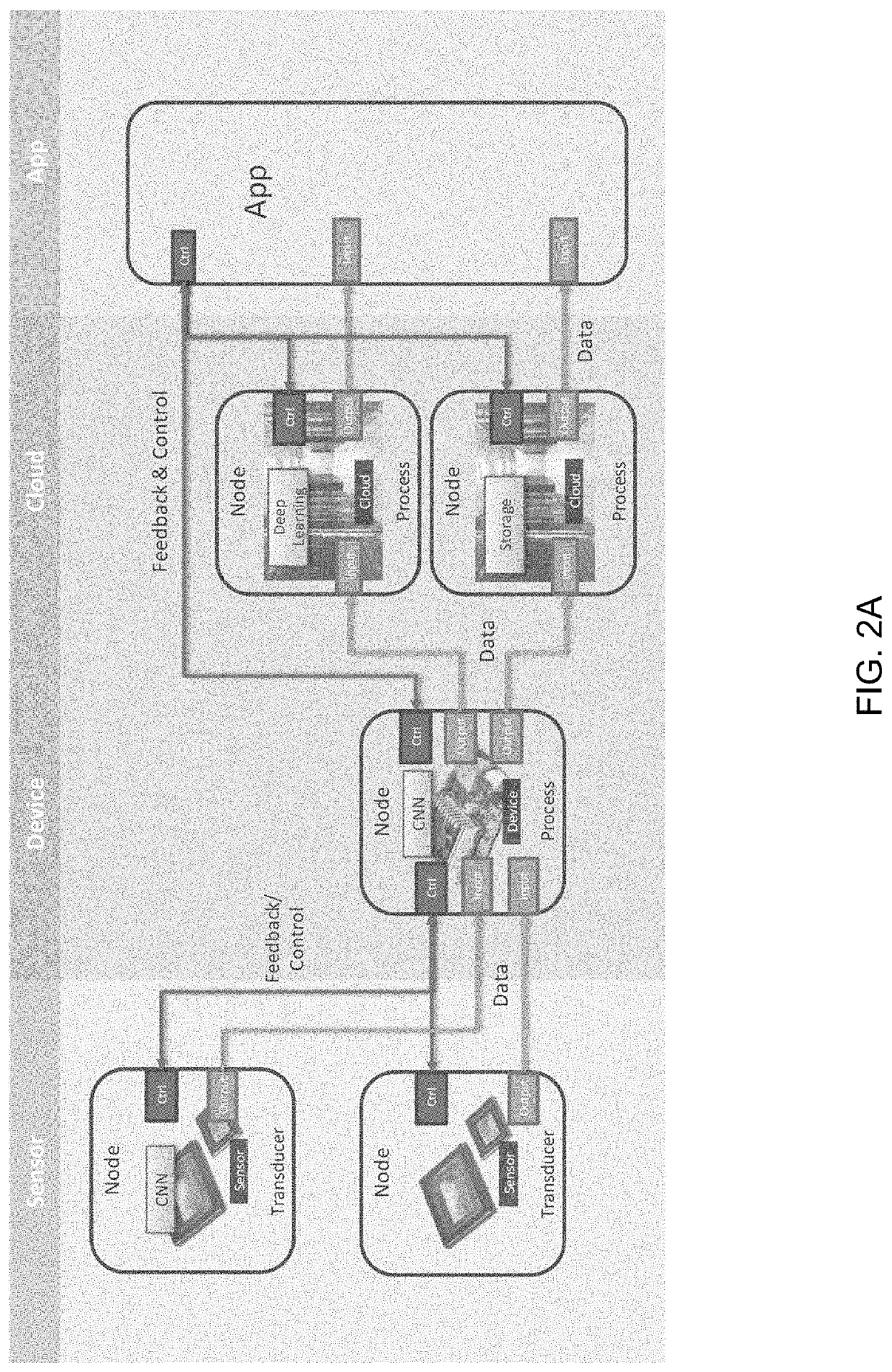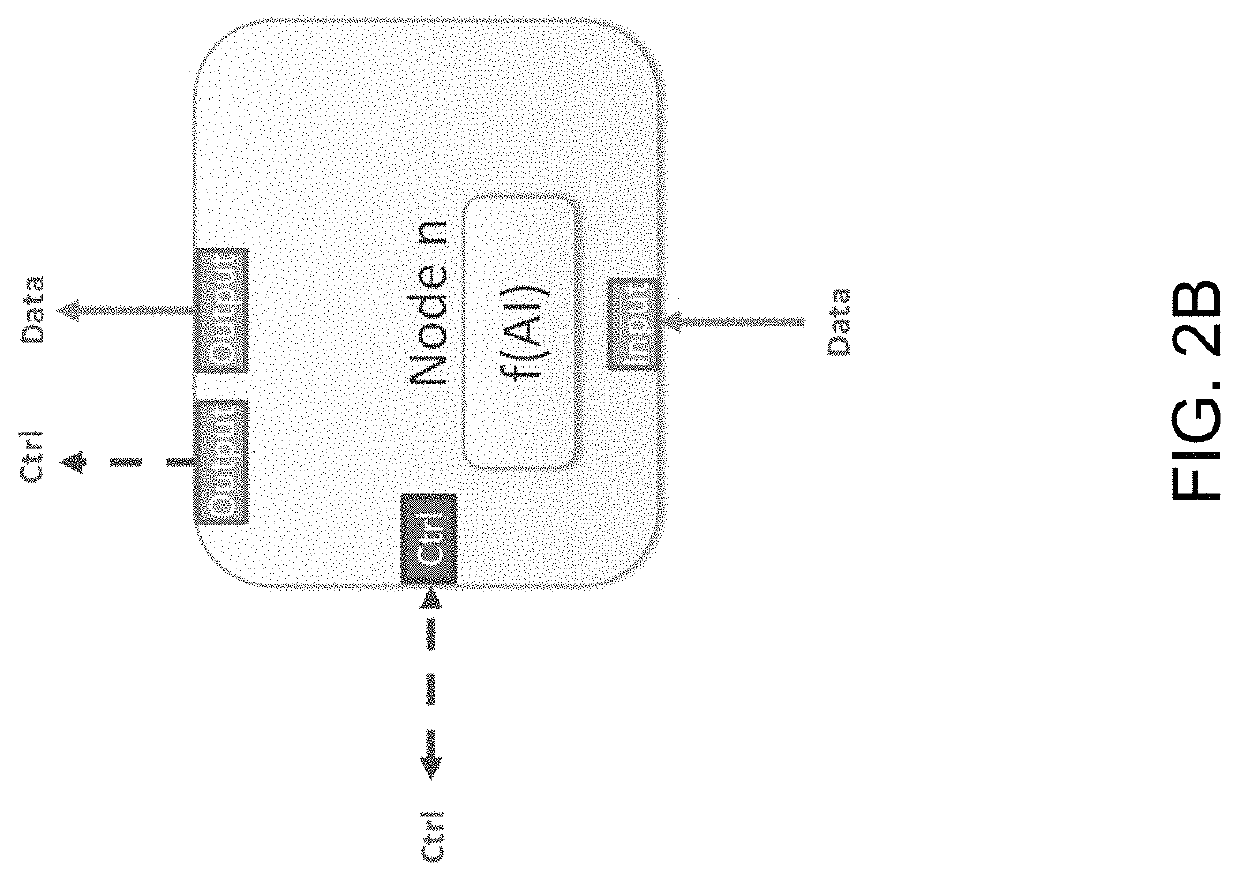Tracking sequences of events
a sequence of events and sequences technology, applied in the field of obtaining, analyzing and presenting information from sensors, can solve the problems of large amount of data storage waste, no mechanism to facilitate computing to easily interact, and the majority of camera data not being processed in real tim
- Summary
- Abstract
- Description
- Claims
- Application Information
AI Technical Summary
Benefits of technology
Problems solved by technology
Method used
Image
Examples
Embodiment Construction
[0032]The figures and the following description relate to preferred embodiments by way of illustration only. It should be noted that from the following discussion, alternative embodiments of the structures and methods disclosed herein will be readily recognized as viable alternatives that may be employed without departing from the principles of what is claimed.
Introduction
[0033]Machine learning, AI and other types of processing are advancing. These techniques can be used to process images (including video) to predict what will happen in the video. “Natural video processing” is analogous to natural language processing for text and audio. Natural video processing provides higher level contextual understanding of videos. The technology disclosed in this document provide a framework for technology components, from the low-level sensors capturing images to the most sophisticated AIs, to support the implementation of natural video processing. This can include promoting and enabling analyt...
PUM
 Login to View More
Login to View More Abstract
Description
Claims
Application Information
 Login to View More
Login to View More - R&D
- Intellectual Property
- Life Sciences
- Materials
- Tech Scout
- Unparalleled Data Quality
- Higher Quality Content
- 60% Fewer Hallucinations
Browse by: Latest US Patents, China's latest patents, Technical Efficacy Thesaurus, Application Domain, Technology Topic, Popular Technical Reports.
© 2025 PatSnap. All rights reserved.Legal|Privacy policy|Modern Slavery Act Transparency Statement|Sitemap|About US| Contact US: help@patsnap.com



